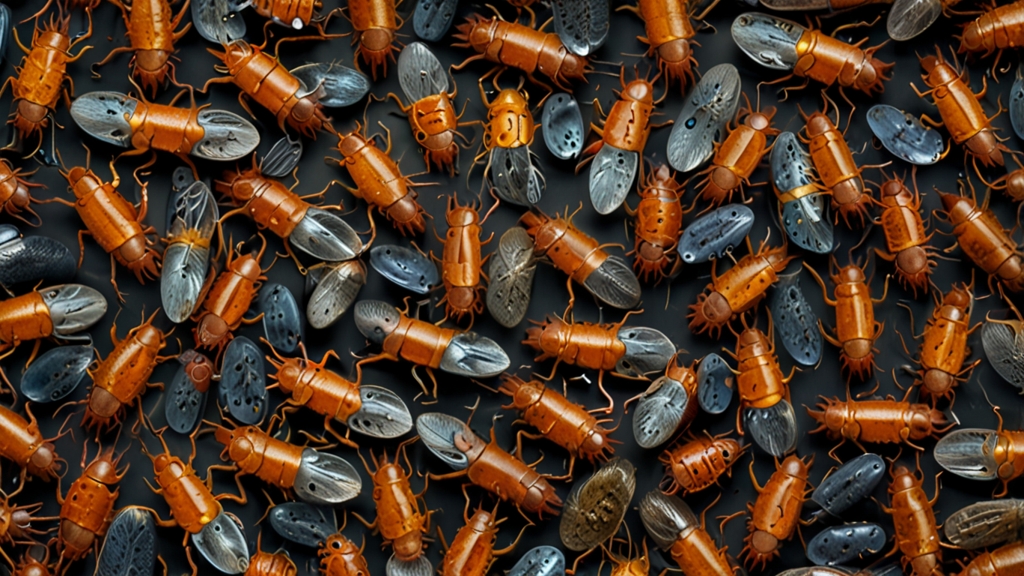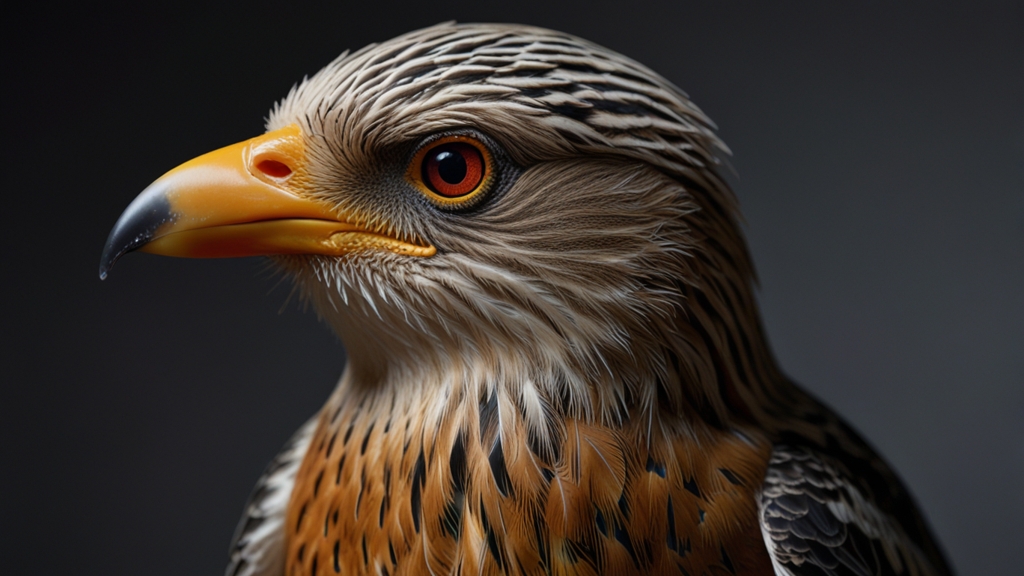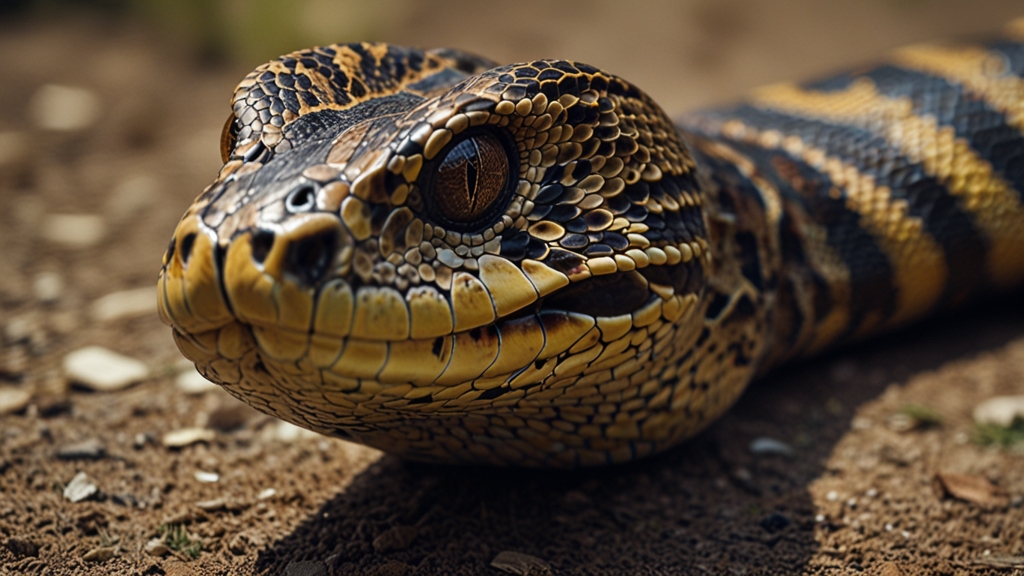The Microscopic World of Insect Parasites: Nature's Underbelly Exposed
In the intricate web of life, every organism has a role, and insect parasites are no exception. These microscopic entities, often invisible to the naked eye, exert a profound influence on their hosts, shaping ecosystems and influencing the biological balance. Understanding the dynamics of insect parasites offers a glimpse into nature's underbelly, revealing a world where survival, adaptation, and evolution are at constant play.
Unseen Intruders: The Parasites Among Us
Insect parasites encompass a diverse range of organisms, including bacteria, fungi, mites, and other insects. These parasites have evolved complex life cycles and ingenious strategies to infiltrate and thrive within their hosts. For instance, the parasitic wasp Strepsiptera burrows into its host, manipulating its behavior to ensure its own reproductive success.
"The most intriguing aspect of insect parasites is their ability to control and manipulate their hosts' physiology and behavior. This parasitic mastery over their hosts reveals the incredible adaptability and resilience of these microscopic organisms." - Dr. Emily Weiss, Entomologist.
Parasitic Fungi: The Silent Assassins
One of the most fascinating groups of insect parasites are the parasitic fungi, such as Cordyceps and Ophiocordyceps. These fungi target specific insect species, infecting their bodies and ultimately taking control of their minds. The infected insects are often coerced into climbing vegetation, where they die, allowing the fungi to release spores from elevated positions, thereby increasing the likelihood of spreading to new hosts.
These fungi have been crucial in controlling insect populations, highlighting the delicate balance maintained by nature. Their role as natural pest controllers has significant ecological implications, contributing to the regulation of insect communities and promoting biodiversity.
Interactions and Impacts: Beyond the Visible Symptoms
It’s easy to view insect parasites as mere pests, but their impact extends far beyond their immediate hosts. The presence of parasites can influence host behavior, reproductive success, and even survival rates. This, in turn, affects food webs and ecosystem dynamics.
For example, parasitized insects often exhibit altered foraging and nesting behaviors, which can influence plant pollination and seed dispersal. Moreover, the death of parasitized insects provides a direct nutrient source for other organisms, thereby contributing to nutrient cycling within ecosystems.
"Insect parasites remind us of the complex interconnections within ecosystems. Their presence is a testament to the intricate evolutionary arms race that perpetually drives biological innovation and adaptation." - Dr. Jonathan Miller, Ecologist.
Human Interaction and Research: A Window into Future Discoveries
The study of insect parasites not only enriches our understanding of ecosystem dynamics but also holds practical implications for human health and agriculture. Researchers are investigating how parasitic wasps and fungi can be used in biological control programs to manage agricultural pests, potentially reducing the reliance on chemical pesticides.
Moreover, the mechanisms employed by parasites to manipulate their hosts offer insights into potential medical and biotechnological applications. For instance, studying how parasites evade immune responses can inform the development of new medical treatments for autoimmune and infectious diseases.
Reflections on a Hidden World
The microscopic world of insect parasites is a testament to nature’s complexity and ingenuity. These organisms, though often overlooked, play vital roles in maintaining ecological balance and driving evolutionary processes. By studying them, we unveil the hidden interdependencies and nuanced interactions that sustain life on Earth.
As our knowledge of these microscopic marvels expands, we are continually reminded that even the smallest and seemingly inconsequential creatures have a significant impact on the world we inhabit. Understanding and appreciating this hidden diversity prompts us to rethink our place within the broader tapestry of life, urging a more holistic approach to conservation and ecological stewardship.
"In every drop of water, every handful of soil, there exists a myriad of tiny lives, each playing a part in the grand symphony of nature. The challenge lies in observing, understanding, and harmonizing with this intricate web." - Dr. Anne-Marie López, Microbiologist.







